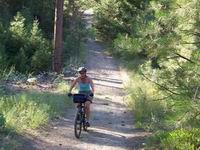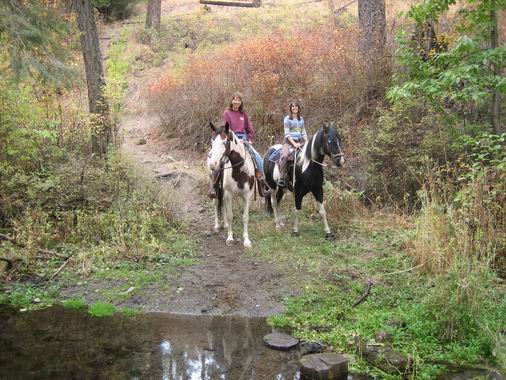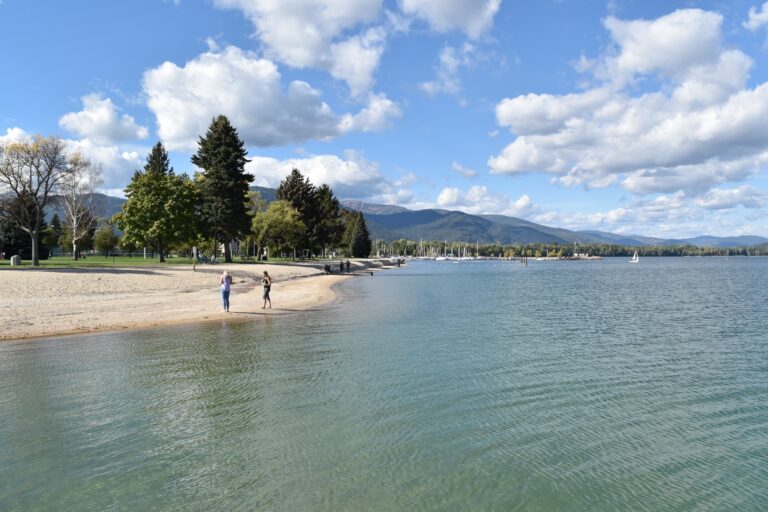Spokane, Wash.
Multi-use trails—where hikers, bicyclists and equestrians share the trail—function best when people work together, follow the rules, and get along, says Riverside State Park Foundation board member Ken Carmichael. An equestrian who has ridden in Riverside State Park for 35 years, Carmichael points to the basic guidelines for bike and horse encounters on the trail as an important starting point for getting along.
As noted on trail triangle signs posted at many multi-use trails and trailheads, bikes yield to horses and hikers, and hikers yield to horses. “That is all well and good and as equestrians we appreciate this,” notes Carmichael, “But also, we encourage equestrians to move off the trail where possible when meeting bikes. After all, if possible, we do not want to be responsible for a good man, or woman, loosing that momentum.”

Carmichael adds that there are other actions that also make multi-use trails more functional. When equestrians see someone else approaching, they should be hollering out “horses” to alert other trails users that they are there. Likewise, when mountain bikers or hikers are approaching a horse, he recommends talking to the horse and rider to help let the horses know you are human.
Blind corners are always a concern, he says, and slowing down is a big help. Equestrians also like to know how many are in your group, he says. “If we have swung off the trail to let you pass, it helps to know if there are stragglers that we should wait for.” Equestrians also need to tell others how many are in their group, he adds.
Carmichael also recommends looking the horse rider in the eye and waiting for them to recommend the best course of action for safely passing each other on a trail. “In my case I will let you know what to do. Some horses are more concerned about bikes and more effort may be necessary to control them. In my case I will wave you through as we circle off the trail where safe,” he says.

Trail users also need to be aware which areas are open to them, he says. Most of Riverside State Park is open to all non-motorized trail users; however, bikes are not allowed in the area of the park known as the equestrian area.
A good way to learn about any restrictions and the great trails in the park is to have the new trail map produced by the Riverside State Park Foundation, adds Carmichael. The maps are available at park headquarters, REI, and many bike shops and equestrian tack stores and map sale funds support the park.













